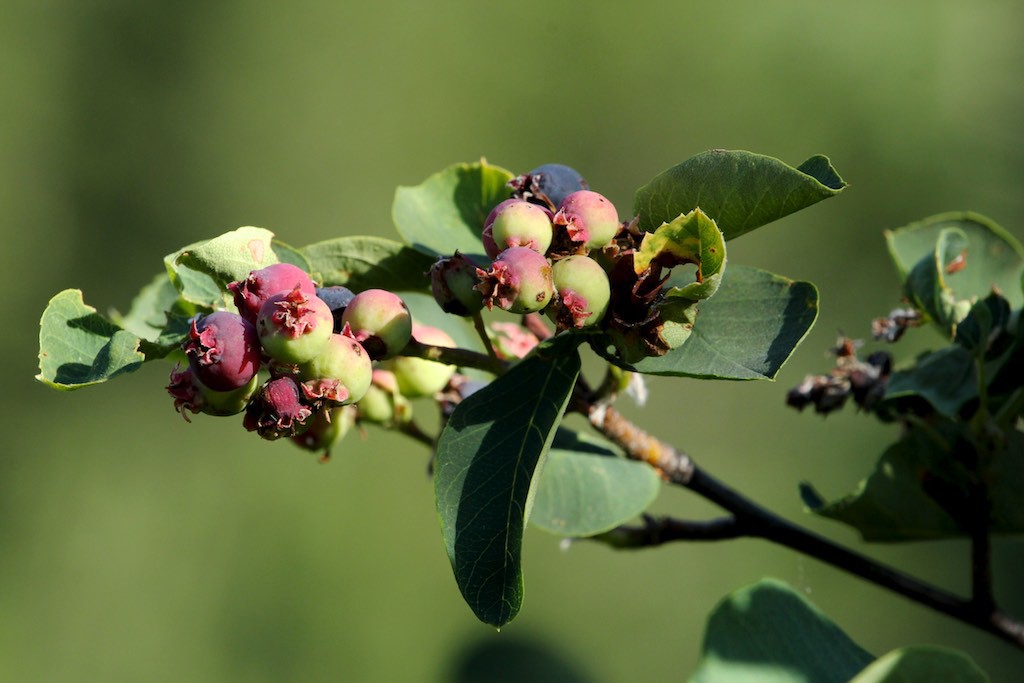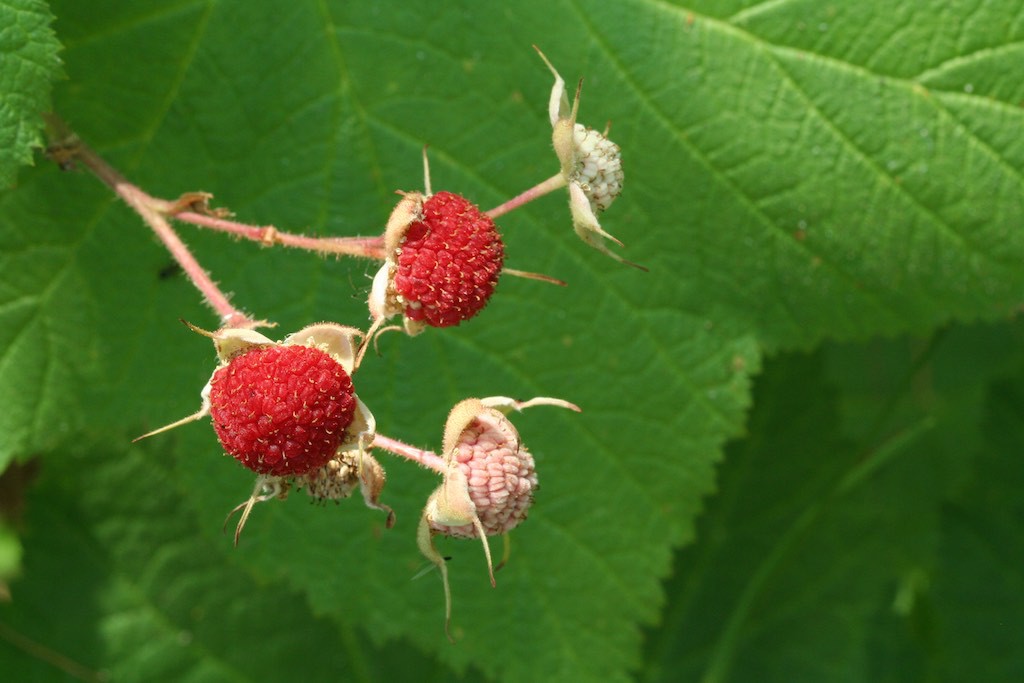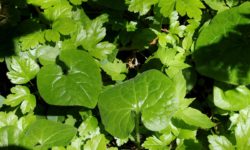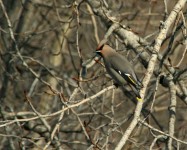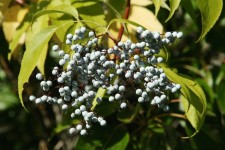Summer is here and so are the wild fruits beginning with serviceberries and thimbleberries.
The blue to purple fruit of the serviceberry ripens on six to 30-foot tall shrubs in late June or early July. Serviceberries are also known as saskatoons, juneberries, and shadbushes.
While serviceberries look like blueberries in size and shape they aren’t a berry. The plant belongs to the rose family and the fruit resembles the pomes of apples and pears. Unlike berries, saskatoons have two to five seeds like pear and apple cores with flesh around the core.
Saskatoons can be substituted for blueberries in recipes because the flavor is likened to blueberries, apples, crabapples and almonds. The fruit is an excellent source of fiber, manganese, magnesium, iron, calcium, potassium, copper and vitamin C. Dried saskatoons have more iron and copper than raisins.
Saskatoon fruit was important for indigenous people of Idaho because they used the fruit to improve the flavor of less desirable berries. Indigenous people also dried saskatoons whole (they resemble raisins) or in a leather form and then used the dried fruit to flavor stews, puddings and vegetable dishes. Dried saskatoons were also a major ingredient in pemmican for indigenous people of the prairies.
A variety of birds feast on serviceberries including pheasants, grouse, mockingbirds, northern flickers, blue jays, crows, cedar waxwings, towhees, robins and thrush.
Saskatoons are a wide-spread plant ranging from Alaska, Yukon Territory and the Northwest Territories south to California, Arizona and New Mexico. The range of the plant has led to the variety of common names.
Juneberry comes from when the fruit ripens in late June or early July.
The shadbush name comes from the flowers blooming the same time as shad travel the coastal streams to spawn. In the spring, pink buds give way to profuse white flowers that bloom before the leaves emerge.
The serviceberry name comes from the flowers blooming at the same time preachers traveled through the mountains. The flowers were gathered to decorate churches.
Saskatoon comes from the Cree name for the fruit, Mis-sask-qua-too-mina or Mis-sask-a-too-mina.
The Appalachian dialect version of serviceberry is sarvisberry. The fruit is also called May cherry and Indian pear.
Not only can the sweet fruit be eaten, but the wood can be used for making bows, arrows and other tools because it is straight-grained, hard and strong.
Another rose-family fruit ripening right now is the thimbleberry. The bright red, thimble-shaped berries brighten patches of large, maple-like leaves. Unlike raspberries and blackberries, the plants don’t have thorns.
The taste of the juicy berries can vary from bland to sweet depending on the growing site. Most Native Americans ate the berries fresh since they didn’t dry well or store well in grease.
However, Native Americans peeled the young shoots to eat raw or cooked with meat in a stew. They also used the large, soft leaves to line baskets.
Many thimbleberries can be collected at once since they grow in dense thickets with stems four- to seven-feet tall. When ripe the berries tumble effortlessly from the branches and they can ripen from a hard, pink berry to a soft, red berry within a few hours on a sunny day.
Like saskatoons, birds love to feast on thimbleberries from Alaska to California but farther east to the Great Lakes. In addition, bears, coyotes, raccoons, squirrels, foxes, opossums and skunks consume the juicy thimbleberries.
As you feast on serviceberries and thimbleberries, watch out for the animals and leave them a few too.

